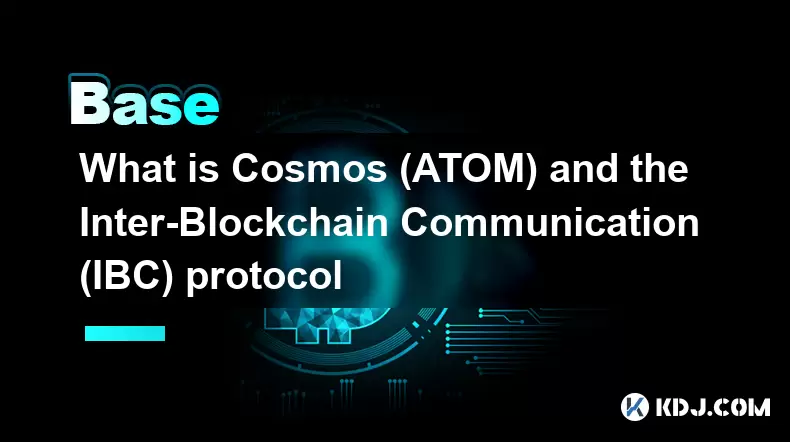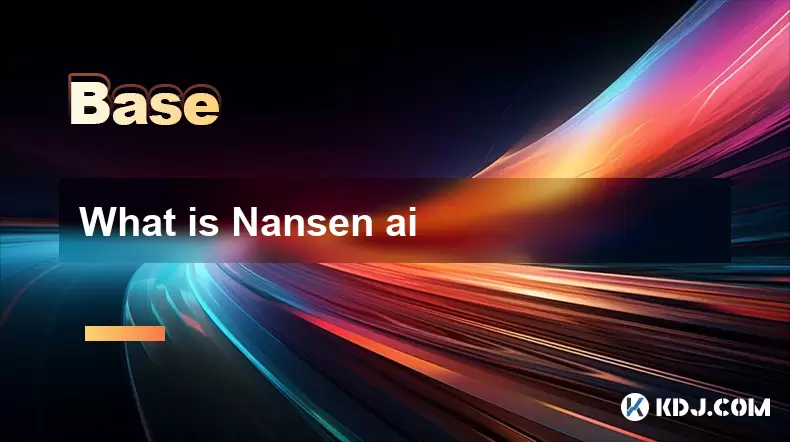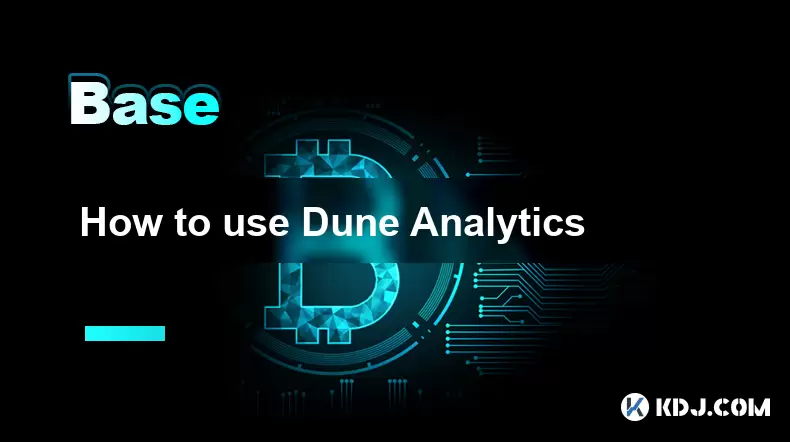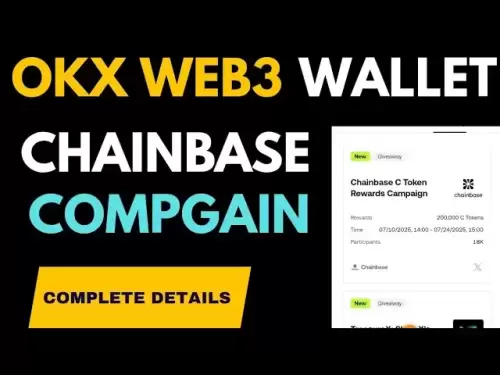-
 Bitcoin
Bitcoin $117,576.6195
-0.21% -
 Ethereum
Ethereum $2,938.5668
-1.35% -
 XRP
XRP $2.7699
4.60% -
 Tether USDt
Tether USDt $1.0003
0.01% -
 BNB
BNB $688.1624
-0.01% -
 Solana
Solana $160.5113
-1.95% -
 USDC
USDC $0.9999
0.01% -
 Dogecoin
Dogecoin $0.1976
-0.70% -
 TRON
TRON $0.3008
1.54% -
 Cardano
Cardano $0.7159
-2.16% -
 Hyperliquid
Hyperliquid $46.2240
2.04% -
 Stellar
Stellar $0.3966
22.03% -
 Sui
Sui $3.3928
-3.11% -
 Chainlink
Chainlink $15.1204
-2.43% -
 Bitcoin Cash
Bitcoin Cash $515.1741
-1.19% -
 Avalanche
Avalanche $20.8130
-0.90% -
 Hedera
Hedera $0.2001
-2.12% -
 UNUS SED LEO
UNUS SED LEO $9.0522
0.72% -
 Shiba Inu
Shiba Inu $0.0...01316
-2.01% -
 Toncoin
Toncoin $2.9843
0.61% -
 Litecoin
Litecoin $92.6745
-2.71% -
 Polkadot
Polkadot $3.9483
-0.06% -
 Monero
Monero $328.5347
1.10% -
 Dai
Dai $0.9998
0.01% -
 Ethena USDe
Ethena USDe $1.0006
-0.01% -
 Uniswap
Uniswap $8.3739
-6.50% -
 Bitget Token
Bitget Token $4.4241
-1.99% -
 Pepe
Pepe $0.0...01222
-3.96% -
 Aave
Aave $300.5203
-3.61% -
 Bittensor
Bittensor $382.2607
-1.92%
What is Cosmos (ATOM) and the Inter-Blockchain Communication (IBC) protocol
Cosmos (ATOM) is a decentralized network enabling interoperable blockchains to communicate and transact seamlessly through its IBC protocol.
Jul 12, 2025 at 03:42 pm

What is Cosmos (ATOM)?
Cosmos (ATOM) is a decentralized network of independent, scalable, and interoperable blockchains. It was created to solve one of the most pressing issues in the blockchain industry: interoperability. While most blockchains operate in isolation, Cosmos enables them to communicate and transact with each other seamlessly. The native cryptocurrency of the Cosmos Hub is ATOM, which is used for governance, staking, and securing the network.
The Cosmos ecosystem is built using the Tendermint consensus algorithm, which allows for fast finality and high throughput. Unlike traditional proof-of-work systems, Tendermint is a Byzantine Fault Tolerant (BFT) proof-of-stake (PoS) mechanism that ensures security and efficiency across the network.
How Does Cosmos Differ From Other Blockchain Networks?
Cosmos is unique in that it does not aim to be a single blockchain that hosts all decentralized applications. Instead, it functions as a network of interconnected blockchains, each with its own governance, tokenomics, and use cases. This modular architecture contrasts with monolithic chains like Ethereum, where all dApps run on the same base layer.
Each blockchain within the Cosmos ecosystem is built using the Cosmos SDK, a modular framework that allows developers to build custom blockchains with ease. These blockchains can then be connected using Inter-Blockchain Communication (IBC), the protocol that enables trustless and secure data transfer between chains.
What is the Inter-Blockchain Communication (IBC) Protocol?
The Inter-Blockchain Communication (IBC) protocol is the core innovation that enables interoperability in the Cosmos ecosystem. It functions similarly to the TCP/IP protocol used on the internet, allowing data packets to be sent and verified across independent blockchains.
IBC works by establishing light clients on each participating chain. These light clients verify the headers of the counterparty chain, ensuring that any data received has been validated by the source blockchain's consensus. Once a connection is established, packets of data or tokens can be sent between chains, with guarantees of finality and authenticity.
How Does IBC Work in Practice?
IBC operates through a series of handshake protocols and packet transmission mechanisms. Here’s a breakdown of the core steps:
- Connection Handshake: Two blockchains agree on the parameters of communication, including the chain identifiers and the finality threshold.
- Channel Handshake: A specific channel is opened for a particular type of data or token transfer.
- Packet Transmission: Data or tokens are packaged and sent across the established channel.
- Acknowledgment and Timeout: The receiving chain acknowledges receipt, or the packet is timed out and rolled back if not confirmed within the set period.
This process ensures that no trust is required between chains, only that each chain’s consensus is valid and verifiable via the IBC protocol.
Use Cases of Cosmos and IBC
The interoperability enabled by Cosmos and IBC opens up a wide range of use cases, including:
- Cross-chain DeFi: Users can move assets between chains to take advantage of different DeFi protocols without relying on centralized bridges.
- NFT Portability: NFTs minted on one blockchain can be transferred to another, enabling broader marketplaces and use cases.
- Data Sharing: Independent blockchains can share data securely, enabling decentralized oracles and data aggregation services.
- Gaming and Metaverse: Game assets can be moved between different gaming ecosystems, enhancing user experience and asset utility.
These applications demonstrate how IBC is not just a technical protocol, but a foundational piece of infrastructure that enables true cross-chain value transfer.
How to Participate in the Cosmos Ecosystem
To interact with Cosmos and IBC-enabled chains, users can follow these steps:
- Install a Compatible Wallet: Use wallets like Keplr or Cosmostation that support Cosmos-based chains and IBC transfers.
- Add Chains to Your Wallet: Manually add IBC-connected chains or use pre-configured settings within the wallet interface.
- Obtain ATOM or Other Native Tokens: Acquire the native token of the chain you wish to interact with, usually required for gas fees.
- Use IBC Transfer Interfaces: Platforms like Osmosis or the Cosmos Hub interface allow users to send tokens between chains.
- Monitor Transactions via Explorers: Tools like Mintscan or Blockchair allow users to track IBC packet status and confirmations.
Each of these steps must be executed carefully to ensure secure and successful cross-chain transfers.
Frequently Asked Questions
What is the role of ATOM in the Cosmos Hub?
ATOM is the native staking and governance token of the Cosmos Hub. It allows token holders to participate in protocol upgrades, parameter changes, and network decisions. Staking ATOM also secures the network and validates transactions.
Can any blockchain integrate with IBC?
Any blockchain that implements the IBC protocol and uses Tendermint or a compatible consensus engine can integrate with the Cosmos ecosystem. Chains using other consensus mechanisms would need to implement a custom light client to interact with IBC.
Are IBC transfers instant?
IBC transfers are not instant. The time it takes for a transfer to complete depends on the finality time of the source and destination chains. Typically, transfers take between 10 seconds to a couple of minutes.
Is IBC secure?
IBC is designed to be trust-minimized and secure, relying on cryptographic proofs and light clients. However, the security of an IBC transfer ultimately depends on the security of the connected chains. If one chain is compromised, it could affect the integrity of the IBC communication.
Disclaimer:info@kdj.com
The information provided is not trading advice. kdj.com does not assume any responsibility for any investments made based on the information provided in this article. Cryptocurrencies are highly volatile and it is highly recommended that you invest with caution after thorough research!
If you believe that the content used on this website infringes your copyright, please contact us immediately (info@kdj.com) and we will delete it promptly.
- Binance, Bloomberg, and a Lawsuit Threat: CZ's Fighting Back!
- 2025-07-13 01:30:12
- Litecoin, BONK, BlockDAG Presale: Navigating the Crypto Frenzy
- 2025-07-13 00:30:12
- BDAG Leads Crypto Trends with $336M Presale: A New Era?
- 2025-07-13 01:30:12
- XRP and Ethereum Whales Stir as Crypto Market Eyes All-Time Highs
- 2025-07-13 02:10:12
- MicroStrategy, Bitcoin, and the Leveraged Proxy: Riding the Crypto Wave
- 2025-07-13 00:50:12
- Trump, Binance, and Crypto Aid: A Tangled Web of Allegations
- 2025-07-13 02:10:12
Related knowledge

What is the Bitcoin dominance index
Jul 12,2025 at 10:35pm
Understanding the Bitcoin Dominance IndexThe Bitcoin Dominance Index, often abbreviated as BTC.D, is a metric used to measure Bitcoin's market capital...

What is the Bitcoin dominance index
Jul 11,2025 at 04:29am
What is the Bitcoin Dominance Index?The Bitcoin Dominance Index is a metric used to gauge Bitcoin's market capitalization relative to the total market...

Can crypto be a hedge against inflation
Jul 12,2025 at 12:07pm
Understanding the Role of Blockchain in Decentralized Finance (DeFi)Blockchain technology serves as the backbone of decentralized finance, offering a ...

What are account abstraction wallets
Jul 13,2025 at 01:43am
Understanding the Concept of Account AbstractionAccount abstraction is a term frequently used in the Ethereum ecosystem, particularly within discussio...

What is Nansen ai
Jul 11,2025 at 03:42am
What is Nansen AI?Nansen AI refers to the integration of artificial intelligence technologies into the Nansen platform, which is primarily known for i...

How to use Dune Analytics
Jul 11,2025 at 06:01pm
What Is Dune Analytics?Dune Analytics is a powerful open-source platform that enables users to query, analyze, and visualize blockchain data. It allow...

What is the Bitcoin dominance index
Jul 12,2025 at 10:35pm
Understanding the Bitcoin Dominance IndexThe Bitcoin Dominance Index, often abbreviated as BTC.D, is a metric used to measure Bitcoin's market capital...

What is the Bitcoin dominance index
Jul 11,2025 at 04:29am
What is the Bitcoin Dominance Index?The Bitcoin Dominance Index is a metric used to gauge Bitcoin's market capitalization relative to the total market...

Can crypto be a hedge against inflation
Jul 12,2025 at 12:07pm
Understanding the Role of Blockchain in Decentralized Finance (DeFi)Blockchain technology serves as the backbone of decentralized finance, offering a ...

What are account abstraction wallets
Jul 13,2025 at 01:43am
Understanding the Concept of Account AbstractionAccount abstraction is a term frequently used in the Ethereum ecosystem, particularly within discussio...

What is Nansen ai
Jul 11,2025 at 03:42am
What is Nansen AI?Nansen AI refers to the integration of artificial intelligence technologies into the Nansen platform, which is primarily known for i...

How to use Dune Analytics
Jul 11,2025 at 06:01pm
What Is Dune Analytics?Dune Analytics is a powerful open-source platform that enables users to query, analyze, and visualize blockchain data. It allow...
See all articles

























































































